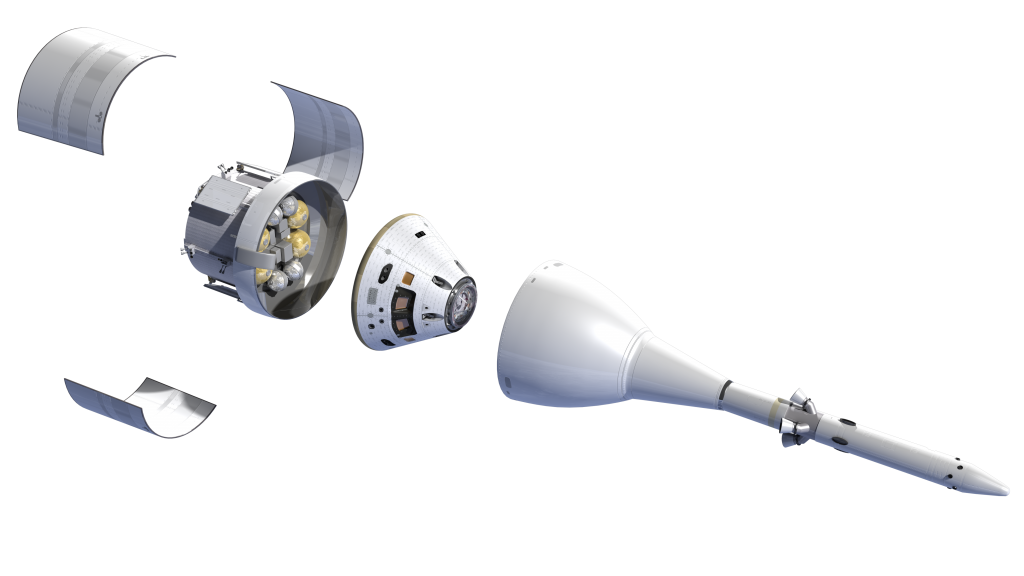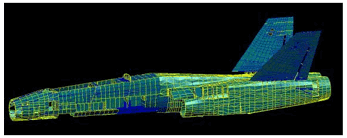Drawing inspiration from living beings, NASA intends to put “pain” receptors throughout in the outer shell of spacecrafts. The result: the space crafts exterior turns into a living skin capable of sensing even the slightest “discomfort” in the form of stress or physical damage.

The shell of the spacecraft is embedded with several layers of organic polymers that mimic the arrangement of nerves in skin. The shell itself is made of several layers of robust composite materials between which the sensor layers are sandwiched.

As a result, any stress or damage caused to the composite layers also directly affects the sensor layer and changes its electrical properties. By passing electric currents through these layers at one end and detecting signals at the other end, early signs of physical damage may be detected and corrective action taken before a major hull breach occurs.

The sensor layers are so arranged that the exact location and extent of stress or damage can be accurately pinpointed.
Given the hostile environment that spacecraft’s operate in that often include exposure to micrometeors, it was only natural that space technology evolved with this solution to be able to sense such threats.

Publication number: US 20160114911
Patent Title: Multi-Dimensional Damage Detection
Publication date: 28 Apr 2016
Filing date: 29 Dec 2015
Inventors: Tracy L. Gibson; Martha K. Williams; Mark E. Lewis; Luke B. Roberson; Sarah J. Snyder; Pedro J. Medelius;
Applicant: National Aeronautics and Space Administration
